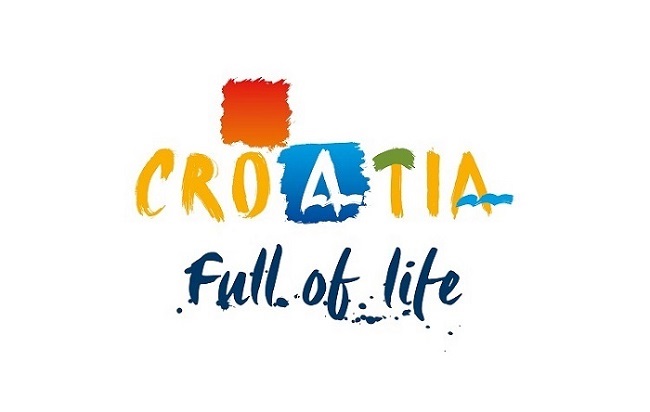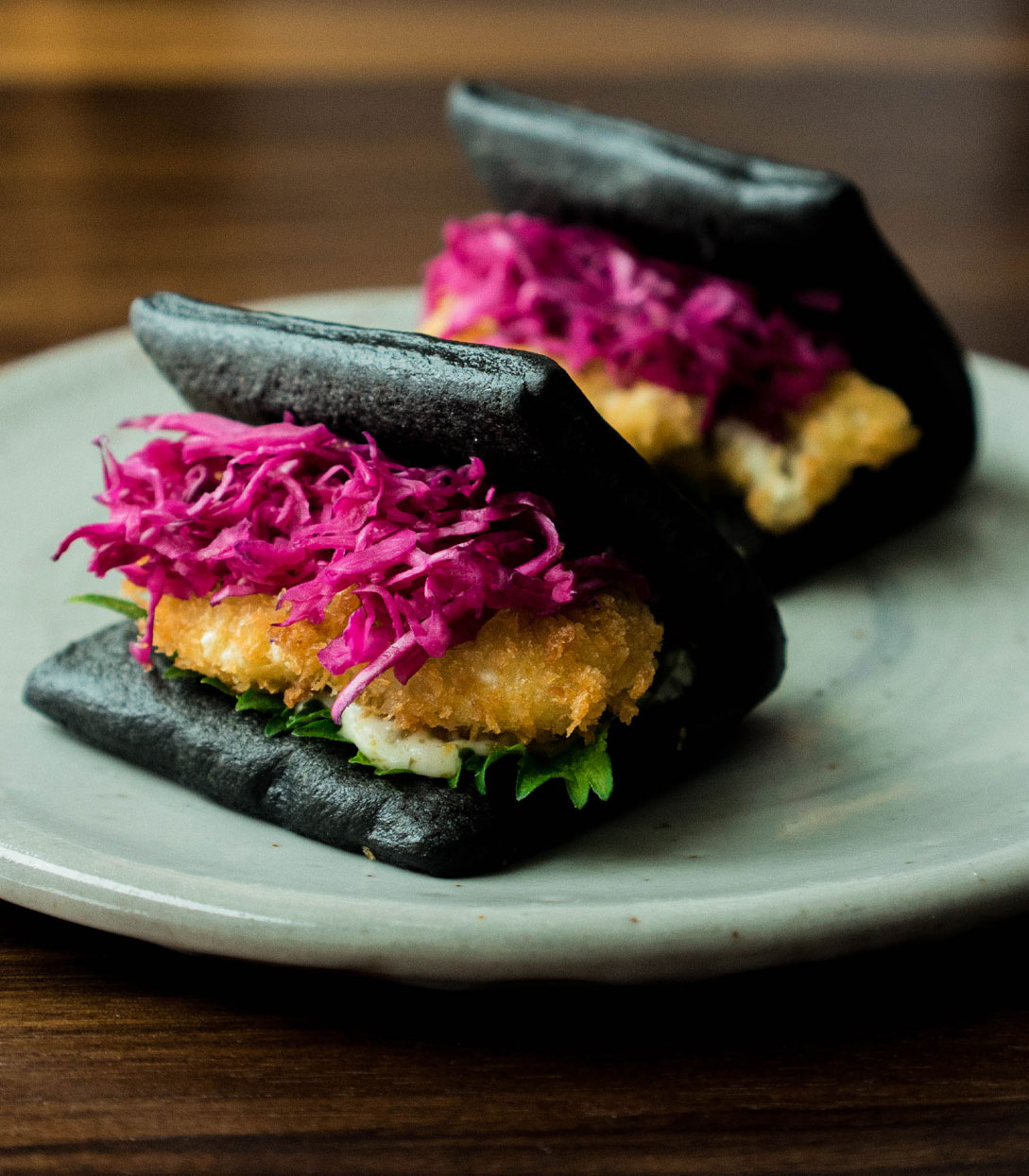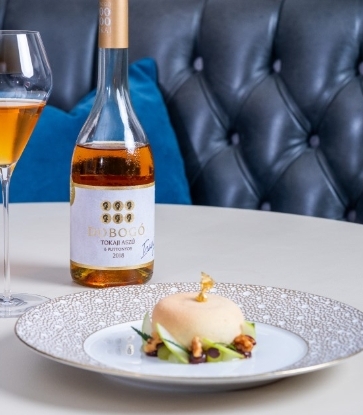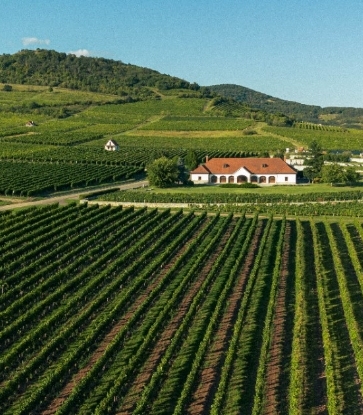The country’s dishes have been influenced by Italian, Slavic, Turkish, Austrian and Hungarian gastronomic traditions, all of which have left their mark at some point on the country’s history, creating a real culinary melting pot that looks out to the world yet also has strong local roots.
Currently experiencing a renaissance, Croatian cuisine is always based on fresh, local and seasonal ingredients, including top-quality and internationally renowned products such as wine (The National List of recognized grapevine characteristics includes 258 varieties, with 134 being autochthonous, while approximately 200 of them are recommended for wine production with a protected designation of origin) and olive oil.
Let’s take a look at the most famous traditional Croatian dishes.
Arambašići
Small rolls of fresh or fermented cabbage stuffed with minced beef and pork, to which lard, sautéed onion, garlic and parsley are added, along with lemon zest. This is a speciality of Cetinska Krajina in Dalmatinska zagora region (inland Dalmatia).
Brudet
Brudet is a seafood stew traditionally prepared by fishermen using leftover fish from the day’s catch. Served with polenta, it usually contains at least three different types of fish, which can include scorpionfish, mullet, eel or rockfish.
Čobanac
This stew is considered to be the typical dish eaten by shepherds from Slavonia – as it was once the only meal taken during the day it had to be very nutritious. It includes various kinds of meat, with pork and beef the most popular, although occasionally game or lamb also feature. All of this meat is then stewed in a thick sauce made by cooking a mix of vegetables (onions, carrots, celeriac, parsley and fresh tomatoes), to which condiments and spices such as salt, bay leaves, pepper and, of course, ground paprika (both sweet and spicy), are added.

Crni Rižot
Black risotto is a cuttlefish and squid ink dish with a deep black colour. Popular along the Adriatic coast, this seafood dish is cooked with garlic, onion and white wine, creating a perfect balance of flavour and aromas.
Kukuruzna zlevka
Typical of the regions of Međimurje, Zagorje and Podravina, kukuruzna zlevka is also found in Slavonia and Moslavina. Its essential ingredients include cornflour, sour milk, fresh cow’s cheese, eggs, butter, sugar and cream (both sweet and sour). The dish can be either sweet (with the addition of honey, walnuts or jam) or savoury, as required.
Makaruli
A delicious home-made pasta from the Dubrovnik area, this is served with a meat ragu and was once prepared on the eve of the feast of St Blaise. Traditionally, makaruli were made using the best meat or veal available, and this is still the case today. Makaruli without meat are simply served with a sauce and are known as šporkani or šporki makaruli.

Pašticada
Pašticada is a slow-cooked meat stew from the Dalmatian region. The meat is marinated overnight in a mixture of vinegar and spices and then cooked with red wine, prunes and aromatic herbs. This dish is often served with home-made dumplings and is an essential part of any festive meal or family celebration.
Poljički soparnik
This traditional recipe is made using a thin savoury flatbread stuffed with chard and onions, which has been passed down over the centuries in Dalmatia. A poor man’s dish, it was once eaten on days of compulsory fasting and is now flavoured with a drizzle of garlic-infused olive oil so that it can be enjoyed at its best.

Ražanj
This is the name given to spit-roasted and oven-cooked meat such as lamb (janjetina), pork (svinjetina) and duck (patka), which is traditionally served with roast potatoes known as pečeni krumpir. Cres island is particularly renowned for its excellent lamb. Spit-roasting, it must be said, is widespread throughout the region and primarily involves the preparation of suckling pigs, lambs, and young goats. An ancient technique imported from the East, spit-roasting once involved the use of older animals, a practice still found in Croatia for roasting oxen during folk festivals. Gentle heat and quality meat are the keys to the success of any spit roast, cooked with slow and steady rotation.
Peka
Peka, in Croatian, means bell and is a traditional way to prepare numerous specialties. The practice is simple: roasting food over the fire using a clay or wrought iron vessel. Among the dishes commonly made with this technique are bread baked 'under the bell,' as well as roast beef or lamb, and octopus. The meat cooked this way, juicy and tender, is served accompanied by potatoes cooked and roasted in its juices, giving them a strong flavor.
Fiš paprikaš
While paprika-flavored stew is one of the most widespread dishes in the area, Fiš paprikaš, a rich paprika-flavored fish stew, is equally popular, especially in Slavonia and Baranja. Made with freshwater fish, it is a specialty brought to the region by settlers from southern Germany, but it is also associated with the Hungarians who once inhabited those areas. Prepared in a copper cauldron suspended over the fire, it features freshwater fish, specifically gutted carp, catfish, and pike, along with onions.
Štrukli
The preparation of štrukli is part of Croatia’s intangible cultural heritage. Widespread throughout the country and filled with cheese, štrukli can be sweet or savoury and are either boiled or baked in the oven. Boiled štrukli are topped with melted lard and breadcrumbs, while those cooked as a gratin are covered with sour cream before being placed in the oven.

Pršut
Croatian prosciutto is one of the country’s gastronomic highlights and can be found almost everywhere in the country. In Istria and Krk the ham is dried in the sea air, while in Dalmatia it is smoked.
Komiška pogača
This savoury, aromatic focaccia comes from the island of Vis and is filled with red onion, fresh or peeled tomatoes, salty fish such as anchovies or sardines, plus capers and spices. An ideal snack, it can also be eaten as a dish in its own right and is perfect served with a glass of red wine.
Istrian truffles
Istria is renowned for its truffles, particularly the famous white truffle that is found in the woods of Montona. Dishes such as fuži (pasta) served with a truffle sauce demonstrate the influence of Italy in the region.
Šaran na rašljama
Forked carp is a well-established tradition in the Posavina area, characterized by plains and rivers. The fish is cleaned of scales and entrails, washed, cut along the back, sprinkled with salt, and left to rest. The 'fork' is made from a willow branch on which the fish is placed, pierced through its width, and roasted evenly near the grill. Served with potatoes or bean salad, it is accompanied by a glass of local Moslavina wine called Škrlet.
Rapska torta
It is said that the Rapska cake was first served in 1177 to Pope Alexander III during the blessing of the Cathedral of the Assumption of Mary in Rab. It is certain that it was prepared during the Venetian rule 300 years ago in the homes of the wealthy patriarchs of Rab. A souvenir of the island with a secret recipe known to only a few local women, it was made a hundred years ago by the nuns of the Monastery of St. Anthony of Padua and in the Benedictine Monastery of St. Andrew. Its main ingredients are almonds and maraschino liqueur, and it is distinguished by its spiral shape.

Hero image: Arambašići
Read also





















